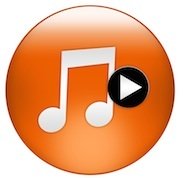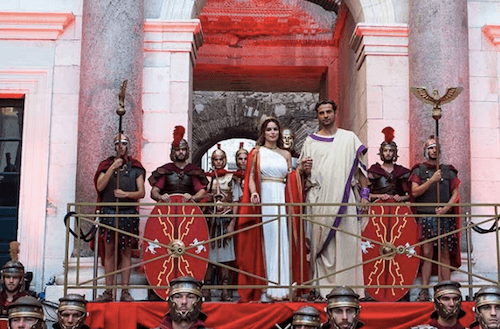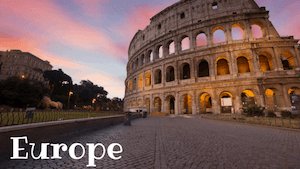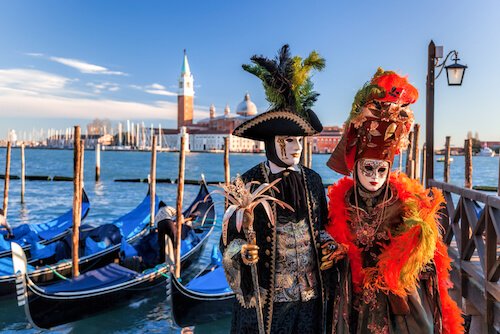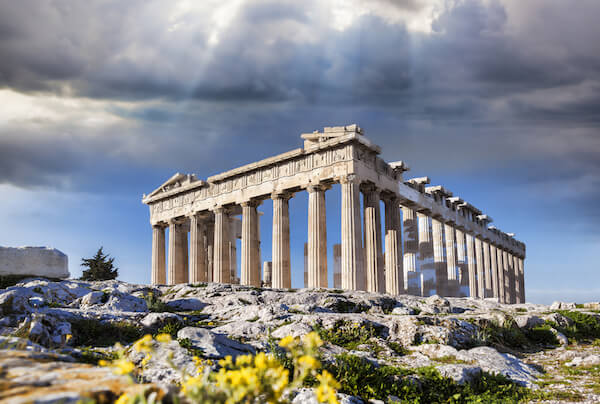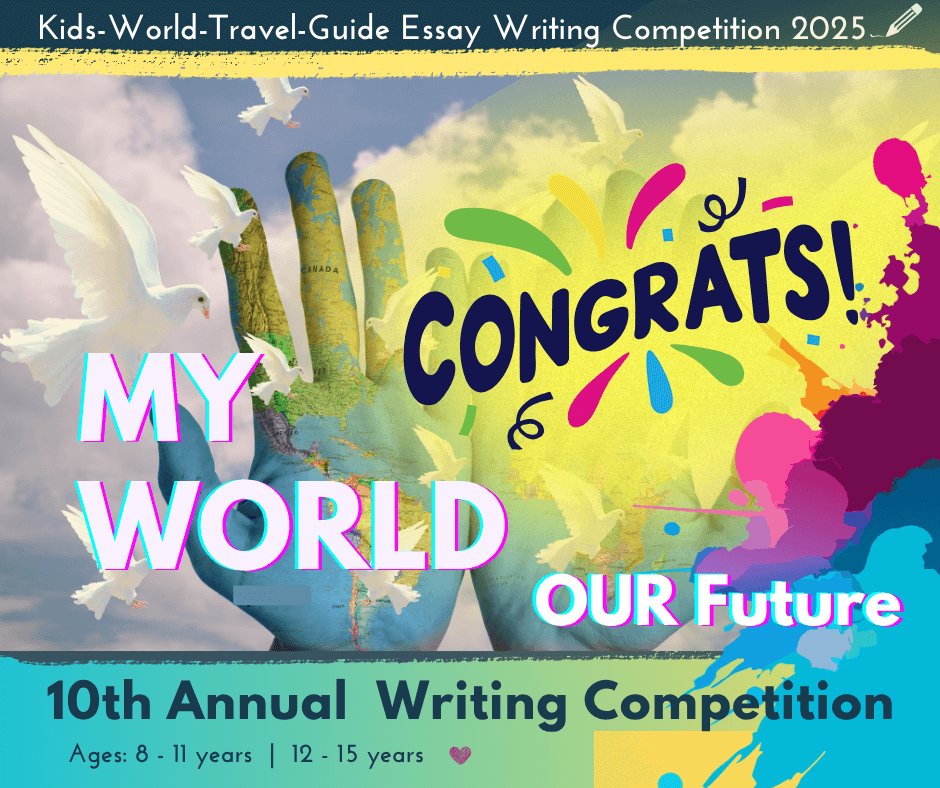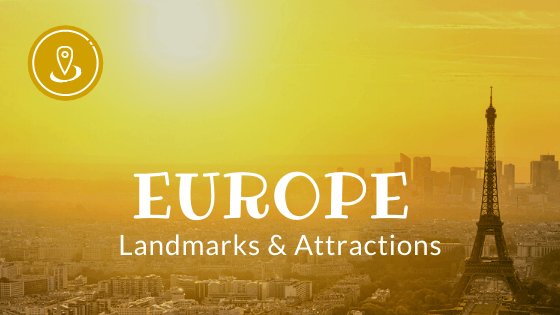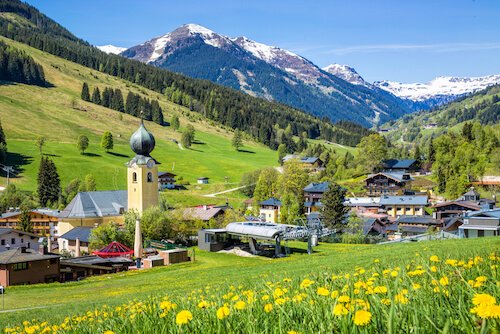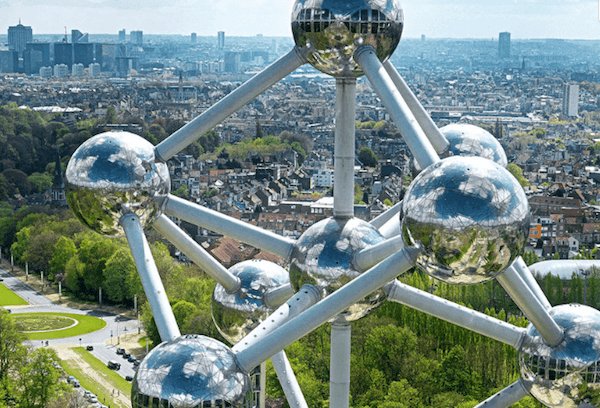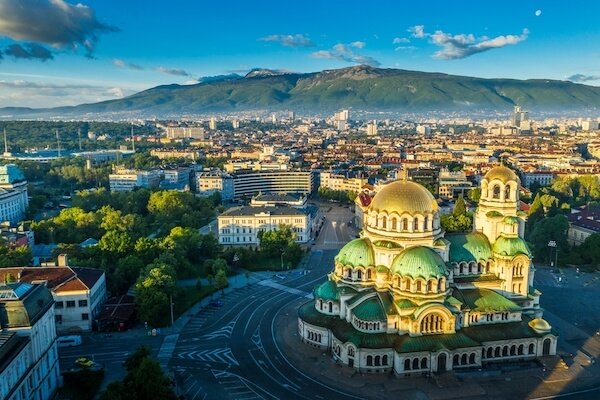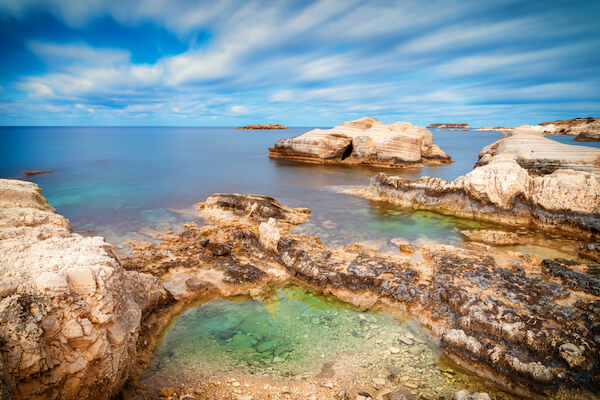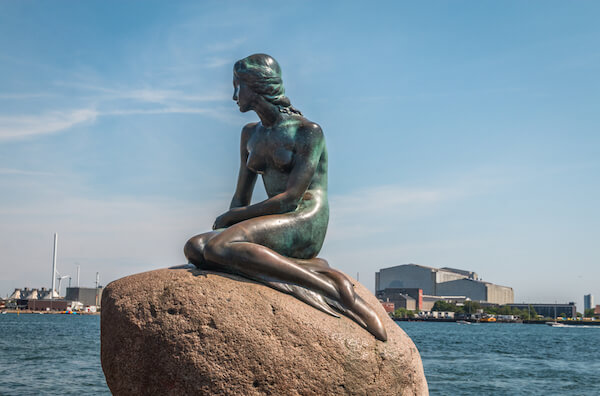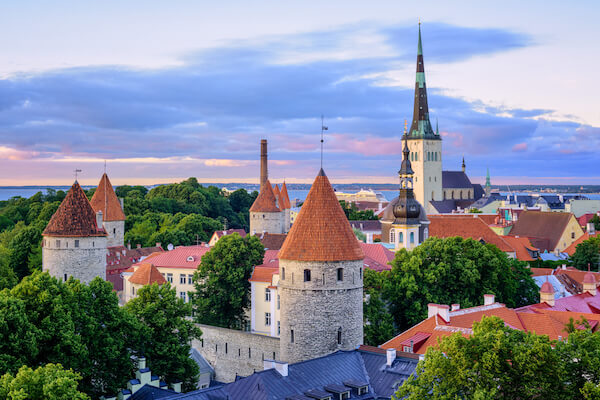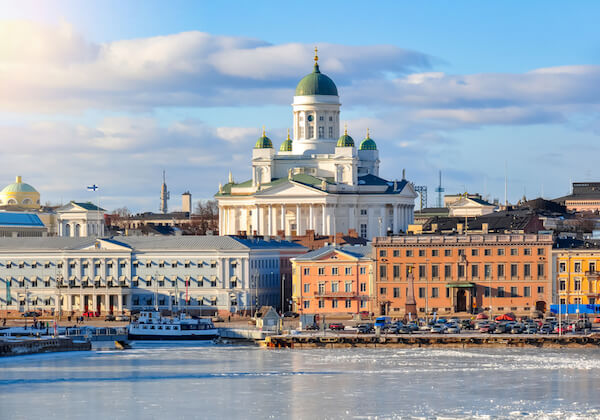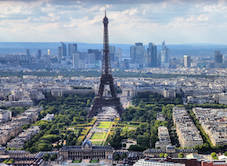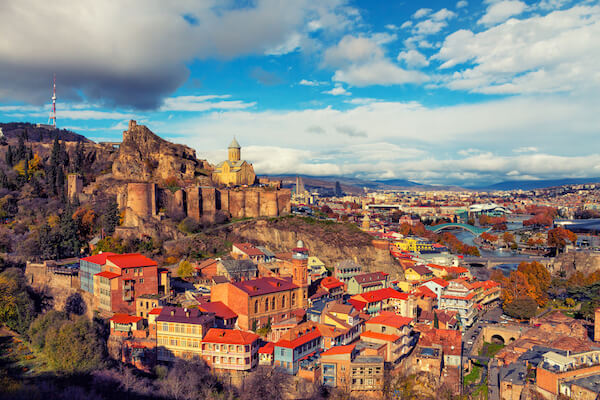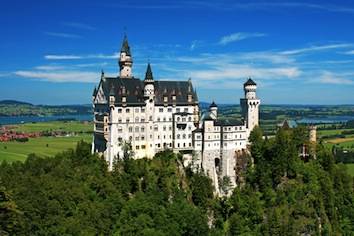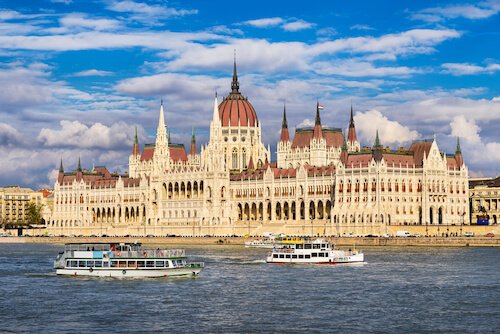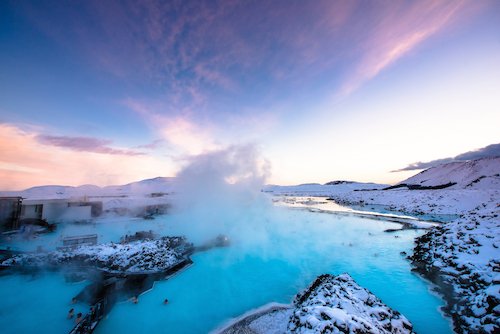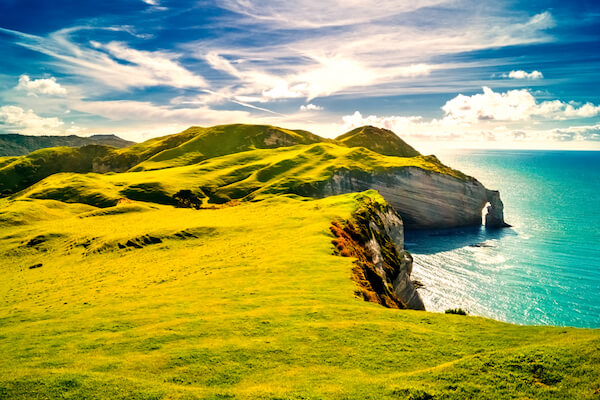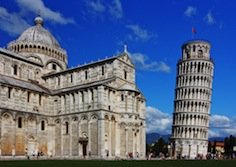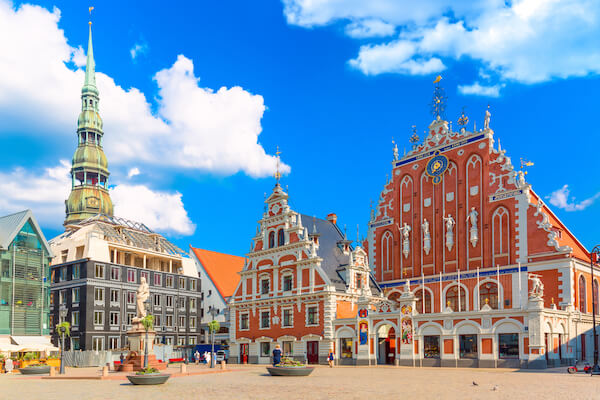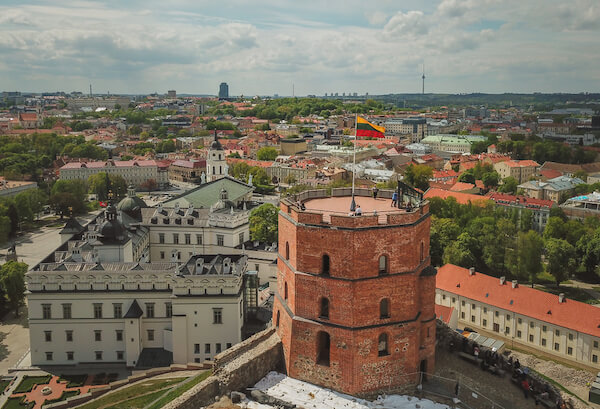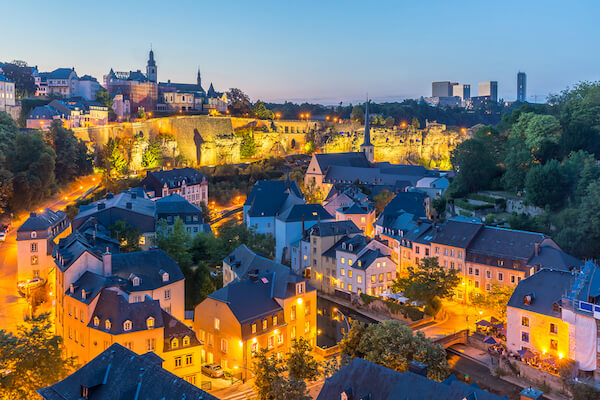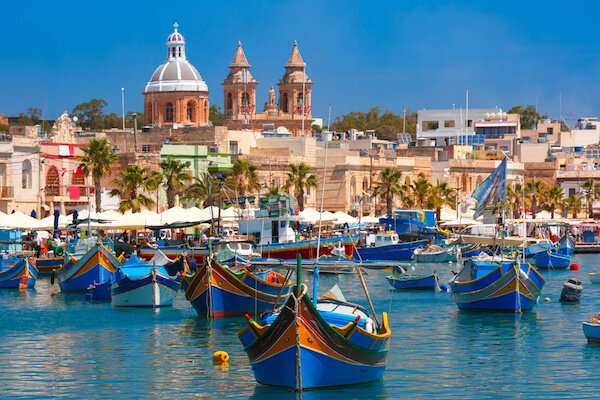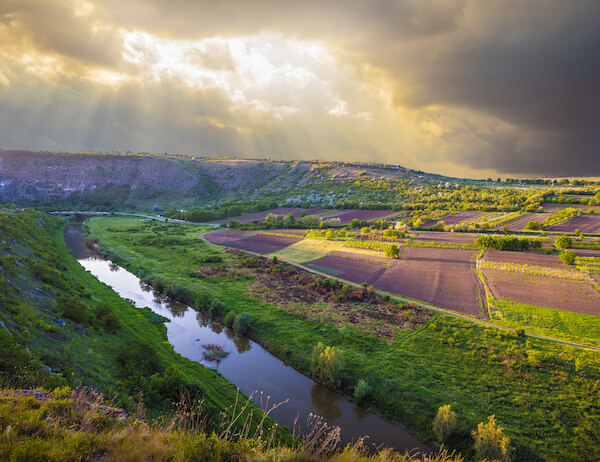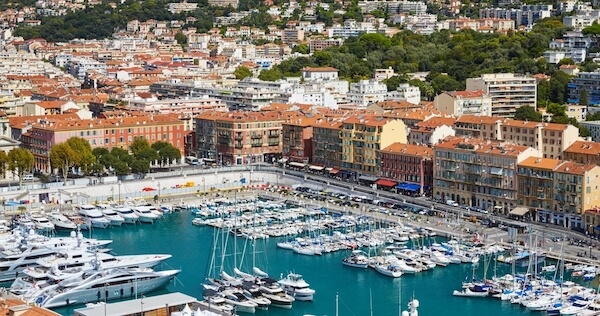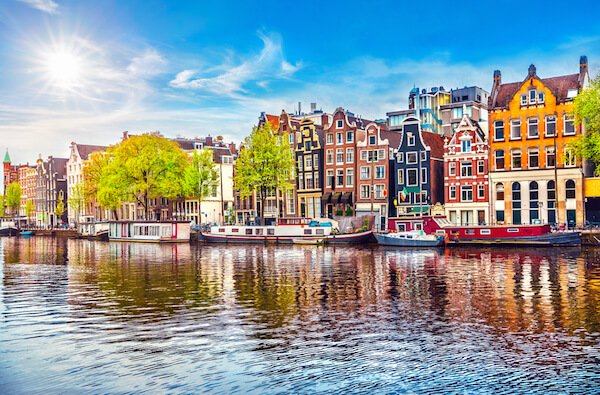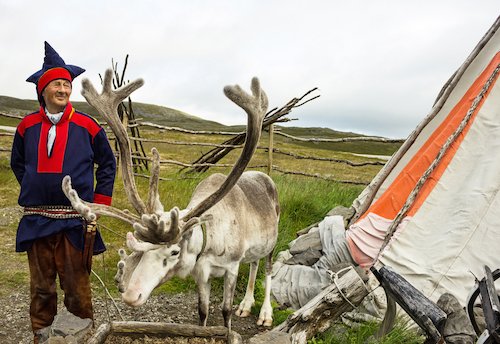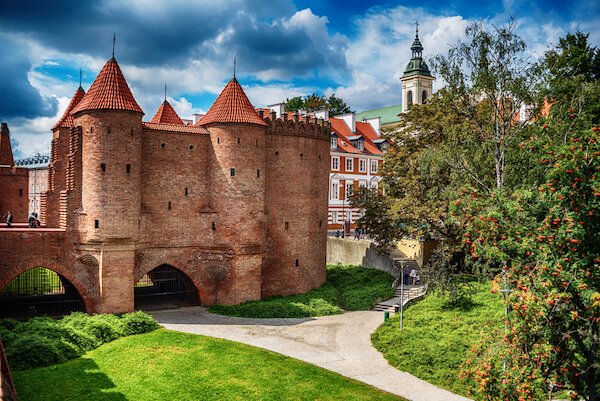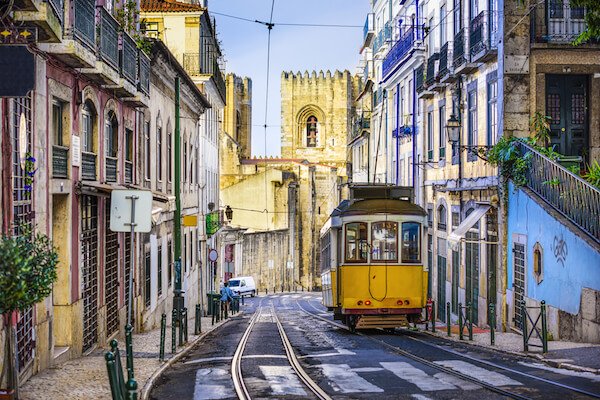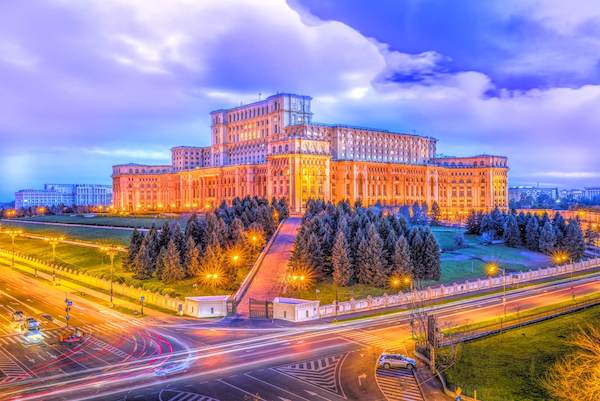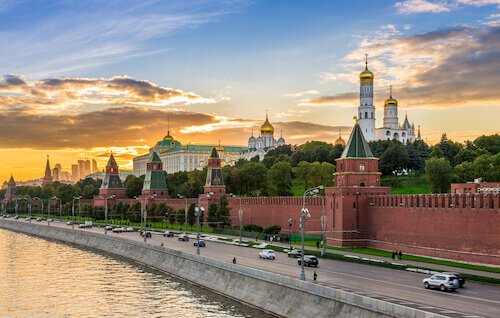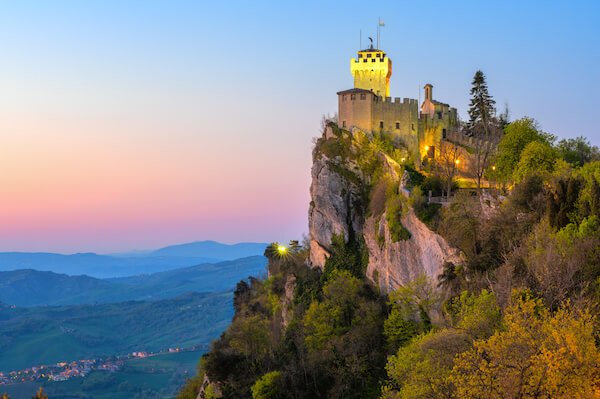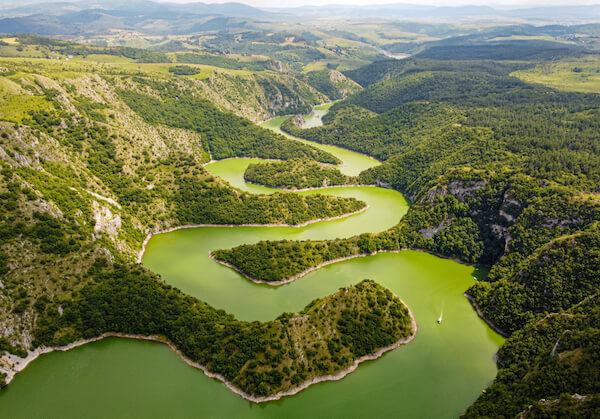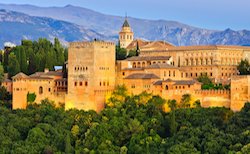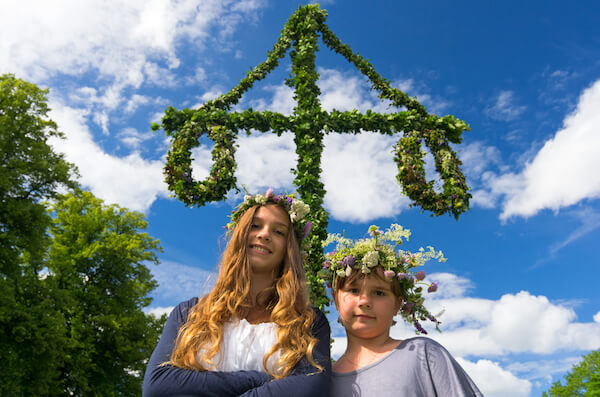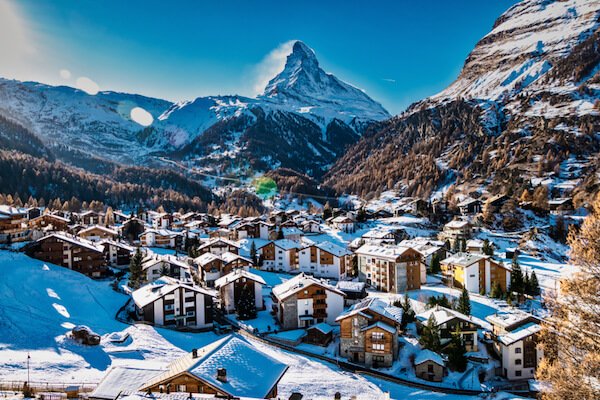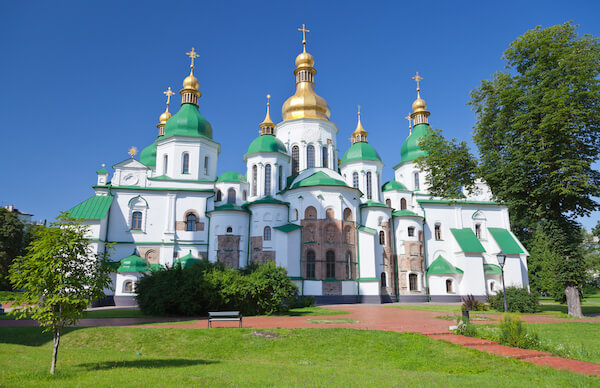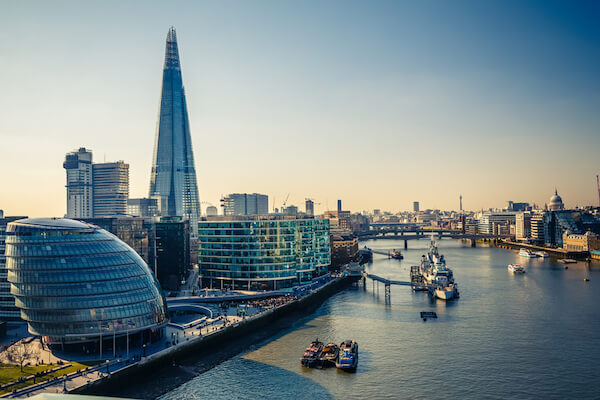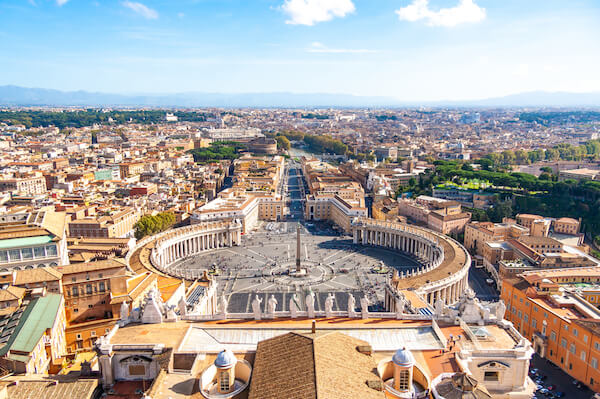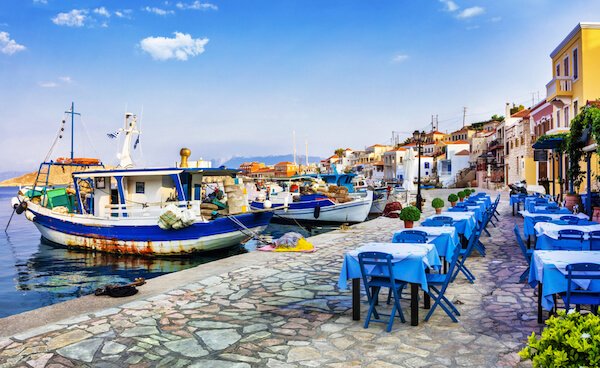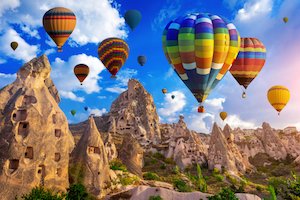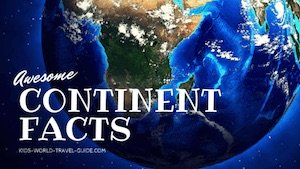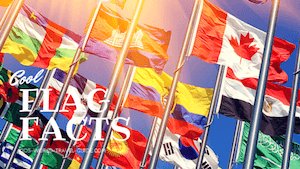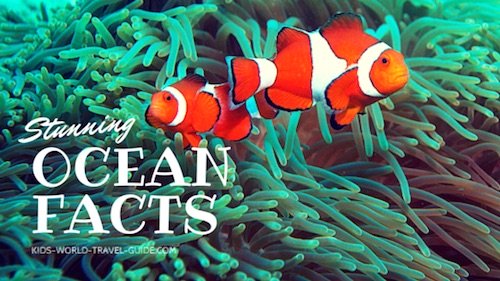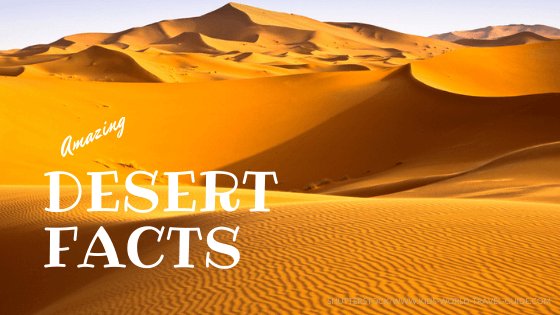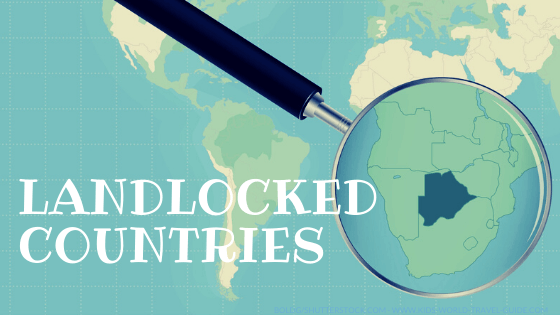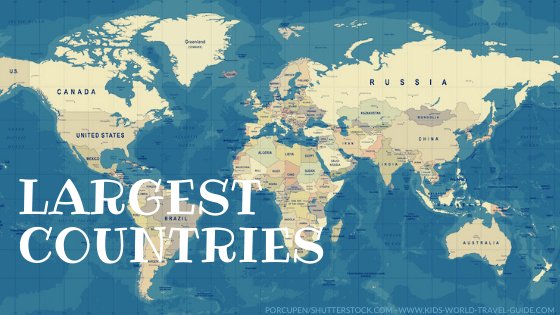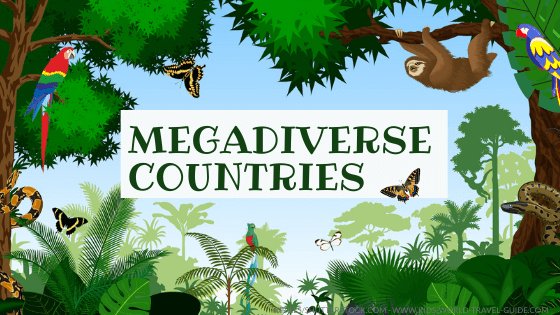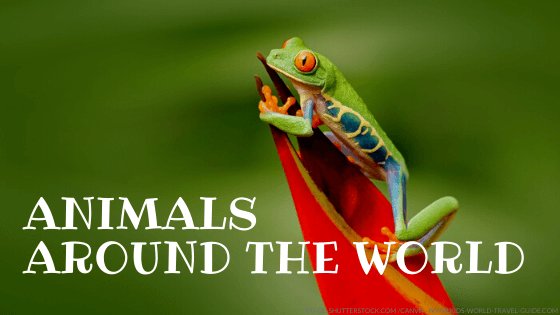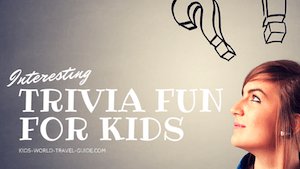- Homepage
- Croatia
Croatia Facts
Interesting Facts for Kids
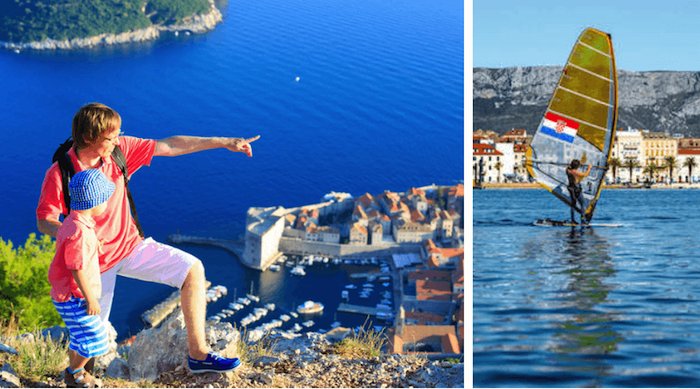 Enjoy our Croatia Facts for Kids
Enjoy our Croatia Facts for KidsHere are some interesting Croatia Facts which were chosen and researched by kids especially for kids.
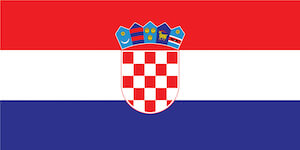
- Population: about 4.1 million people live in the country (2025)
- Capital: Zagreb with 684,000 inhabitants
- Name: Republic of Croatia (Republika Hrvatska)
- Motto: 'Our beautiful homeland'
- Government: Democracy
- Language: Croatian
- Religion: mainly Christians (86% of all Croatians are Roman Catholics)
- Currency: Euro since 1 January 2023, prior to this the national currency was the kuna (equal to 100 lipas)
- History: First multi-party elections were held in 1990, Croatia declared its independence in 1991 and Yugoslavia broke up into six different countries: Slovenia, Croatia, Bosnia-Herzegovina, Serbia, Montenegro and North Macedonia (changed from Macedonia in 2019). Kosovo declared independence from Serbia in 2008 but is only partly recognised as independent country.
- National Flag: red, white and blue stripes with the checkerboard coat of arms in the middle
- National Symbols: marten (national animal), iris (national flower) and oak (national tree)
- National Anthem: the Croatian anthem is called 'Our Beautiful Homeland' (Lijepa naša domovino). Listen to the sound of the Croatian national anthem here (link to YouTube)
- National Day: 8 October (Independence Day)
- President: Zoran Milanović (elected in January 2020)
Croatia Map and Geography
- Croatia is situated in Southeastern Europe.
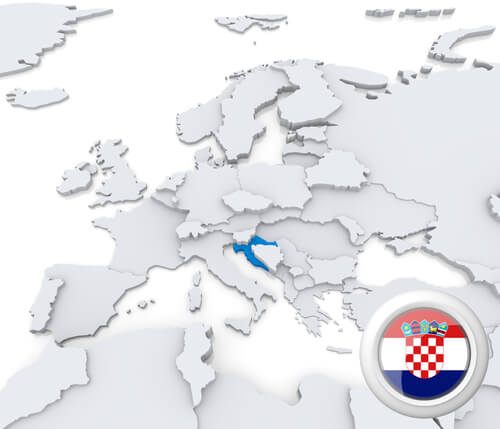 Map of Croatia in Europe
Map of Croatia in Europe- Croatia borders five countries: Slovenia, Hungary, Serbia, Bosnia-Herzegovina and Montenegro.
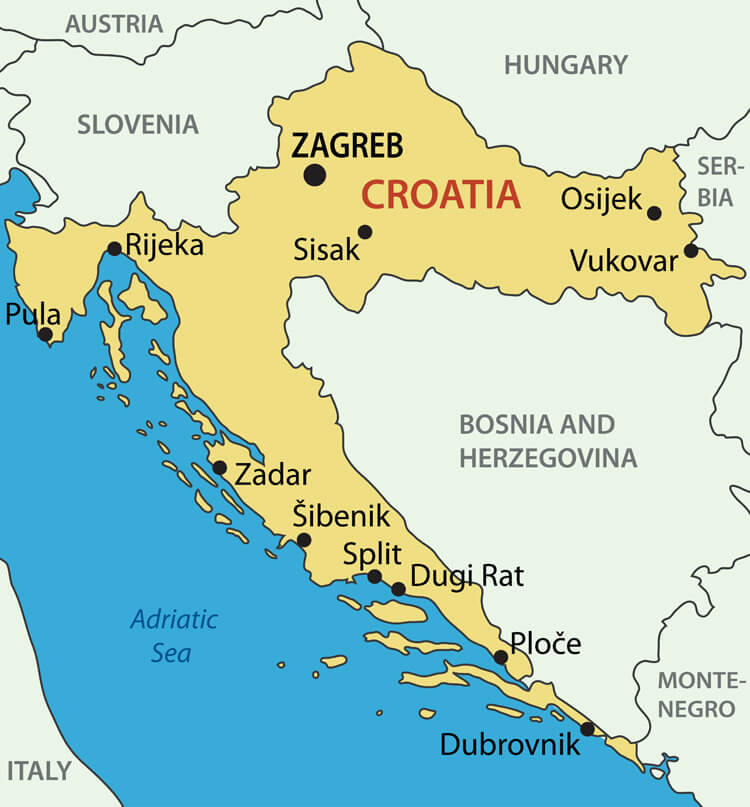 Map of Croatia
Map of CroatiaCroatia also borders the Adriatic Sea, which is the northernmost part of the Mediterranean Sea.
Croatia is about the same size in land area as Ireland or the state of West Virginia/ USA.
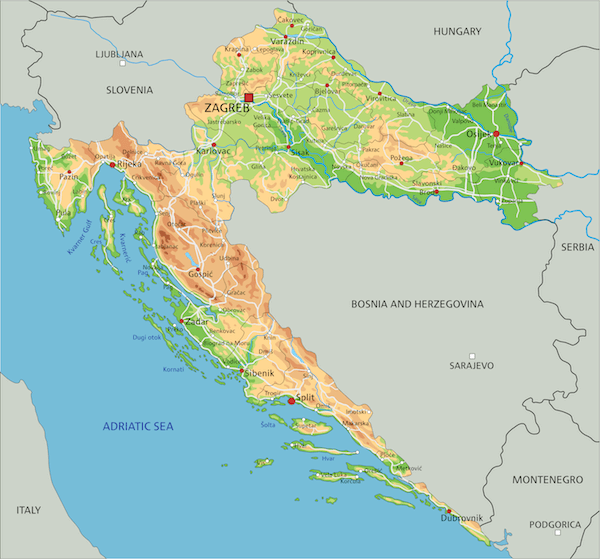
Zagreb is a 2-hours flight time from London/England or a 10-hours-flight from New York/USA.
Croatia Facts | Geo Superlatives
- The highest mountain in Croatia is Dinara Peak, which is 1,830 m/ 6,004 ft high and at the border to Bosnia-Herzegovina.
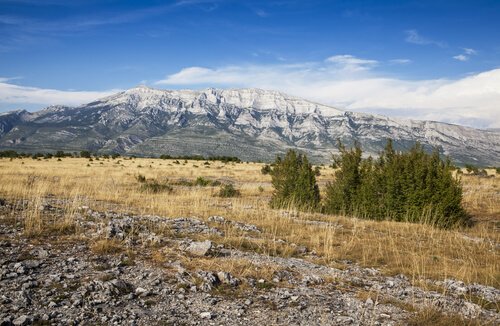 Dinara Peak
Dinara Peak- The longest river in Croatia is the Sava with 562 km/ 350 miles.
- Lake Vrana, also called Vransko Jezero or Lake Vranska, in Dalmatia is the largest lake of the country.
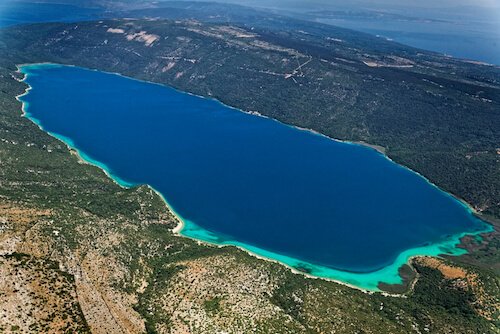 Aerial view of Lake Vrana in Croatia
Aerial view of Lake Vrana in Croatia- The largest island is Krk in the Adriatic Sea.
- Did you know that most of the islands and islets in the Adriatic Sea belong to Croatia?
- The coastline at the Mediterranean Sea is more than 1,777 km/ 1,100 miles long.
Croatia Facts:
Tourist Attractions in Croatia
In Croatia, there are many gorgeous beaches along the Adriatic coastline, historic towns and scenic villages, ancient roman buildings and national parks to visit.
- Croatia has more than 1,200 islands and islets of which only 48 islands are inhabited. The island of Krk is the largest inhabited island of Croatia.
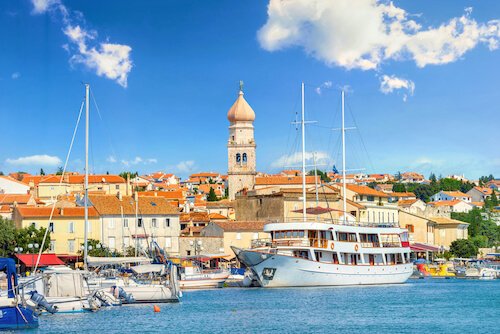 Old Town of Krk
Old Town of Krk- The Istria region is famous for its medieval towns and historic buildings on the largest peninsula in the Adriatic Sea. Pula Arena (Pulska Arena in Croatian) is one of the largest amphitheatres in the world and one of the few reminders of the Roman empire.
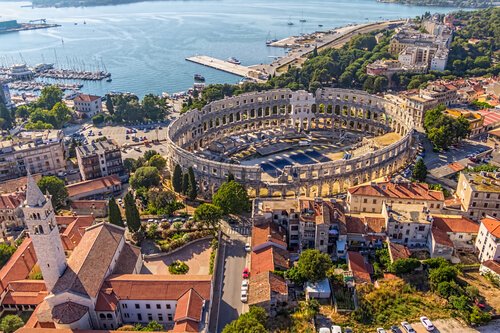 Amphitheatre in Pula/Croatia
Amphitheatre in Pula/Croatia- Opatija is one of the best known summer resorts on the Adriatic with historic buildings from the Austrian-Hungarian empire. Many well maintained majestic houses can be seen.
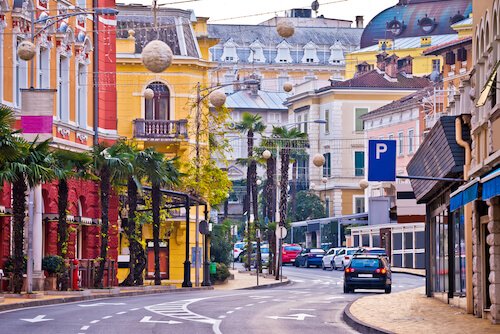 Croatia
Croatia- Plitvice Lakes National Park is well known for its numerous waterfalls. This park is one of the country's ten UNESCO world heritage sites.
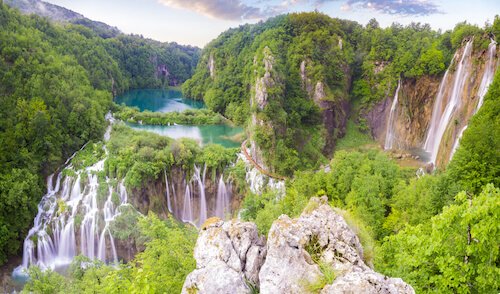 Plitvice Lakes National Park
Plitvice Lakes National ParkCroatia Facts | Croatia Economy
Croatia is one of the wealthiest countries in southeastern Europe. However, almost one of five Croatians live below the poverty line which means they have not enough money and are considered as poor. In 2013 Croatia joined the EU, but only since January 2023 is using the Euro and a member of the Schengen area.
Tourism is one of the main economic sectors with almost 20%. Only 3% of the GDP comes from the agricultural sector. The largest cargo port is the port of Rijeka.
 Port of Rijeka - image by Drazen Vukelic
Port of Rijeka - image by Drazen VukelicThe main export and import partner countries are Italy, Germany, Slovenia and Hungary. The main export products are transport equipment such as automotive parts, machinery and textiles.
Croatian embroidery and Croatian lace are known for their delicate and artisan handicraft.
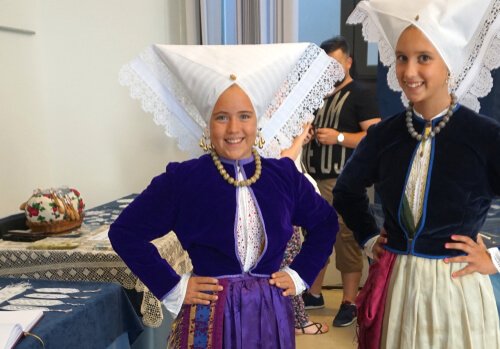 Traditional dress with lace
Traditional dress with laceFamous Croatian inventions
- Did you know that the neck tie is an Croatian invention? A tie is called cravat in Croatian. The first ties were worn by Croatian soldiers in the 17th century during the Thirty Years' War in Europe.
- The first system for identification of fingerprints was developed by Croatian Ivan Vučetić (1858-1925). He is also referred to as Juan Vecetich. The young inventor immigrated to Argentina when he was 24 years old. In Buenos Aires/Argentina, he was a police officer and later the Director for Dactyloscopy. Dactyloscopy means fingerprint identification and is an important part of forensic sciences.
- One of the most famous Croatians is Croatian inventor Nikola Tesla (1856-1943). He made many inventions for producing and transmitting electric power and owned more than 270 patents. Tesla invented the first alternating current induction motor and the Tesla coil, which is used in radio technology. In 1898 he presented the first radio controlled device, a miniature boat.
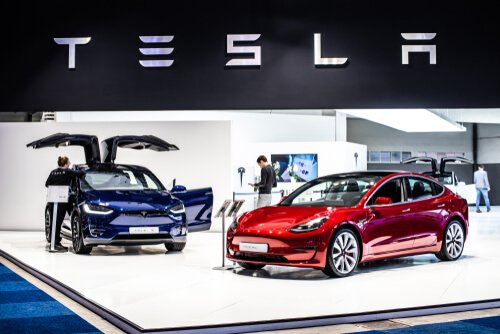 Tesla electric cars - image by Grzegorz Czapski
Tesla electric cars - image by Grzegorz CzapskiDid you know that the electric Tesla cars are named after this Croatian inventor to honour his inventions? Nikola Tesla developed the first electric motors that are used in the cars.
Croatia Facts | Croatian People
Most people live in the northern parts of the country and 1 in 4 Croatians lives in the capital city Zagreb.
The biggest cities in Croatia are Zagreb, Split, Rijeka, Osijek and Zadar.
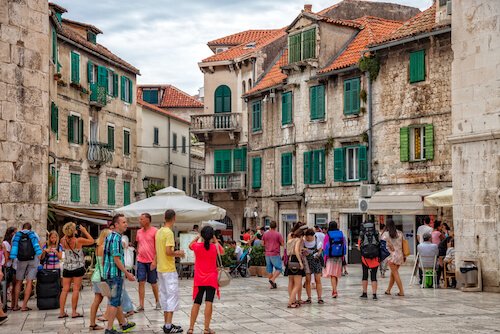 Old town of Split, a popular tourist attraction
Old town of Split, a popular tourist attractionMost islands are only sparsely populated.
In Croatia almost all people belong to the Croatian ethnic group (90%), a minority 5% are Serbian and others are Hungarian, Bosniak or Slovenes - among many others.
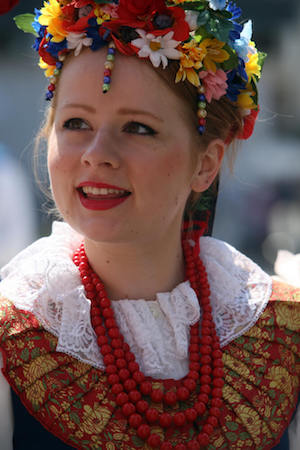 Girl in traditional Croatian dress
Girl in traditional Croatian dressChildren go to school from the age of 6 years and primary school up to Grade 8 is mandatory. High school and vocational school starts from Grade 9 and many children then must decide if to continue with schooling at high school or specialise at a school of economics or school of engineering. These take then four years before students can continue with courses to get an university or polytechnic degree. At vocational school students learn a special skill or craft such as plumbing or carpentry.
Croatians love the outdoors and sports. The most popular sports are soccer, handball, tennis as well as table tennis (ping pong) and water sports.
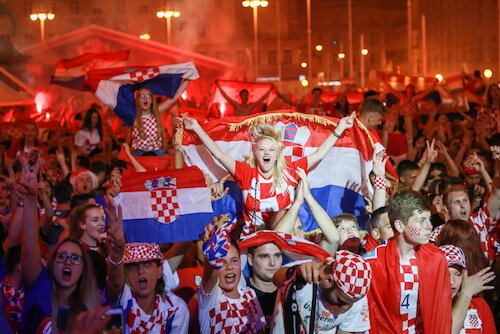 Soccer fans in Croatia - by Goran Jakus
Soccer fans in Croatia - by Goran JakusAmong the most popular Croatian festivals are the Dubrovnik Winter Festival which takes places every year in December in the historic quarters of the city, the International Folklore Festival in Zagreb in June/ July and in August/ September, the Diocletian Days Festival in Split.
Interesting Croatian Language Facts
The official language in Croatia is Croatian.
Croatian is also used as an official language by larger minority groups in some provinces of other countries such as in Voyvodina/Serbia and Burgenland/Austria and recognised as minority language in Molise/Italy.
The language belongs to the Indo-European languages and is written in Latin script. The Croatian alphabet has 30 letters.
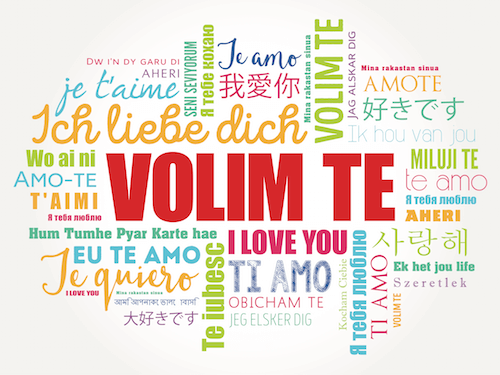 Volim Te means I Love You
Volim Te means I Love YouTry these six useful expressions in Croatian:
- dobar dan - good day
- bok - hello
- molim - please
- hvala - thank you
- ja se zovem... - my name is....
- volim te! - I love you!
Croatia Facts | Croatian Food
Croatians love their food and especially lunch is a special meal especially on a Sunday, when often the whole family comes together and enjoys traditional Croatian dishes such as Peka which is a meal cooked over open fire while the dish is covered with a lid.
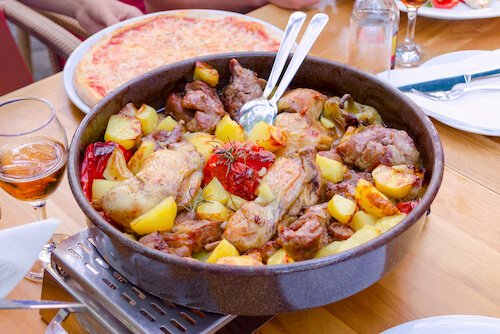 Peka of mixed meats and vegetables
Peka of mixed meats and vegetablesMany Croatian dishes contain fresh vegetables and seafood. Croatians cook with fish or shell fish such as scampi, mussels, shrimps which are the main catch in coastal regions. Oily fish such as sardines, mackerels, anchovies are very popular too.
Typical Croatian dishes are:
- Brudet: fish stew that includes fish, onions, tomatoes and chilli pepper.
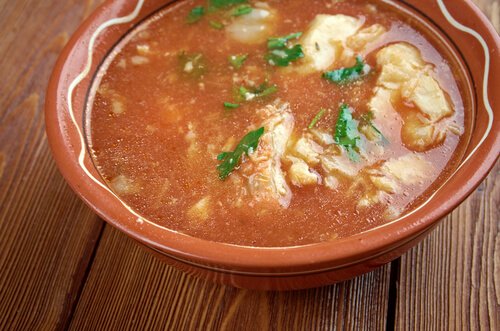 Typical Croatian Brudet (Fish soup)
Typical Croatian Brudet (Fish soup)- Black risotto (crni rizot): rice dish coloured with squid ink, usually cooked with shell fish
- Pasticada: marinated beef with potato dumplings or gnocchi
- Stuffed Peppers (Pungent paprika): with minced pork meat, tomatoes and rice with tomato sauce.
- Strukli: sweet pastry dish with cottage cheese and sour cream.
- Rozata: custard pudding
- Krostule: deep fried pastry strips sprinkled with icing sugar
- Fritule: deep fried pastry. These balls are usually flavoured with citrus and raisins - and sometimes contain rum, they are particularly popular during Christmas time
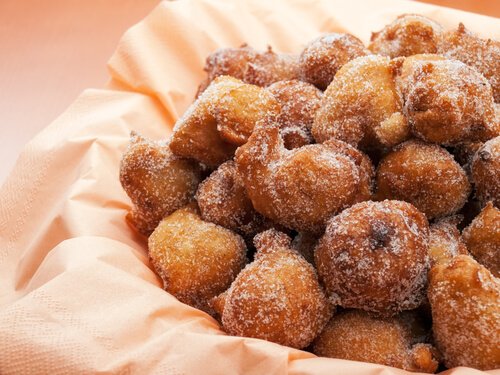 Delicious Croatian Fritule
Delicious Croatian FrituleCroatia Facts | Croatian Animals
Croatia is among the most biodiverse countries in Europe. Over 100 mammal species live in the country. Among the mammal species are the brown bear, the grey wolf, the golden jackal and the red fox.
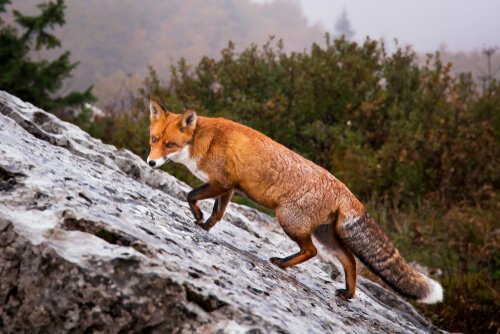 Red fox
Red fox14 of the mammal species are considered threatened among the mammals that are most in danger are the bottlenose dolphins.
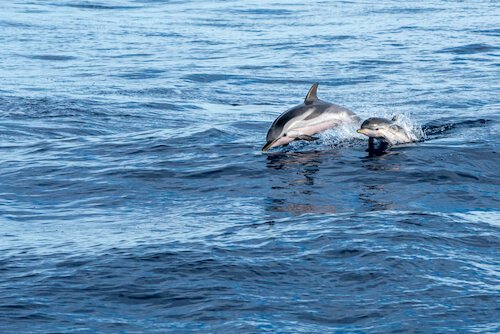 Bottlenose dolphin with baby
Bottlenose dolphin with babyThe most threatened reptile species are the critically endangered green turtles and the Caspian terrapin.
Almost one third of Croatia's amphibians are endemic, that means only are encountered in this country. Among these are the beautiful fire salamanders.
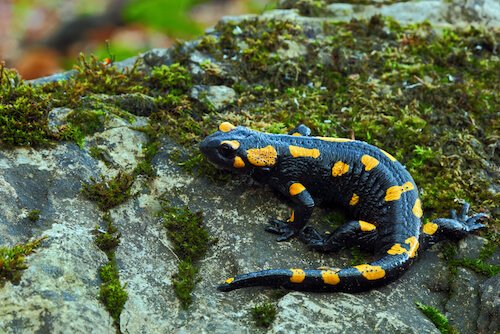 Fire salamander
Fire salamanderDid you know? The roots of the Dalmatian dogs are traced back to the region of Dalmatia in Croatia. Croatia is recognised as county of origin of this breed.
 Dalmatian Dogs
Dalmatian DogsCroatia Facts | Last but no least...
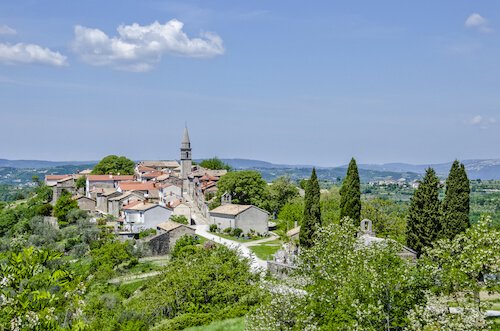 Hum in Croatia
Hum in CroatiaHum in Northwestern Croatia is considered to be the smallest town in the world. Only 17 people live in this town, according to Guiness World Records.
Read more interesting facts on Croatia and Europe here.
Popular Pages
More Croatia Facts and Resources
- Central Intelligence Agency. "Croatia." WorldFactBook. Last updated 10 June 2025. Last accessed 12 June 2025
- Croatia Tourism. "Croatia - Full of Life." Official Tourism Croatia. Last accessed 12 June 2025
- Frank G. "The Best of Croatian Food." FrankaboutCroatia. Last updated on 19 January 2021. Last accessed 12 June 2025
- Skolica. "Some Basic Croatian." LearnCroatian. Last accessed 12 June 2025
Picture Credits on Croatia Facts: All Pictures, own and if not otherwise mentioned from sxc.hu and shutterstock.com
We hope you enjoyed reading our Croatia Facts. Please bookmark this page and spread the word.
***
More about Countries in Europe
***
Did you like what you read?
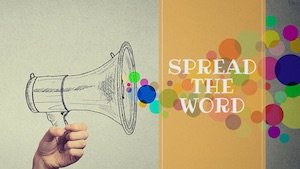
|
Share this page with your friends! Simply use the html code below. Copy and paste onto your website, blog or Facebook page: <a href="https://www.kids-world-travel-guide.com/croatia-facts.html">Kids World Travel Guide: Croatia Facts for Kids</a> |
